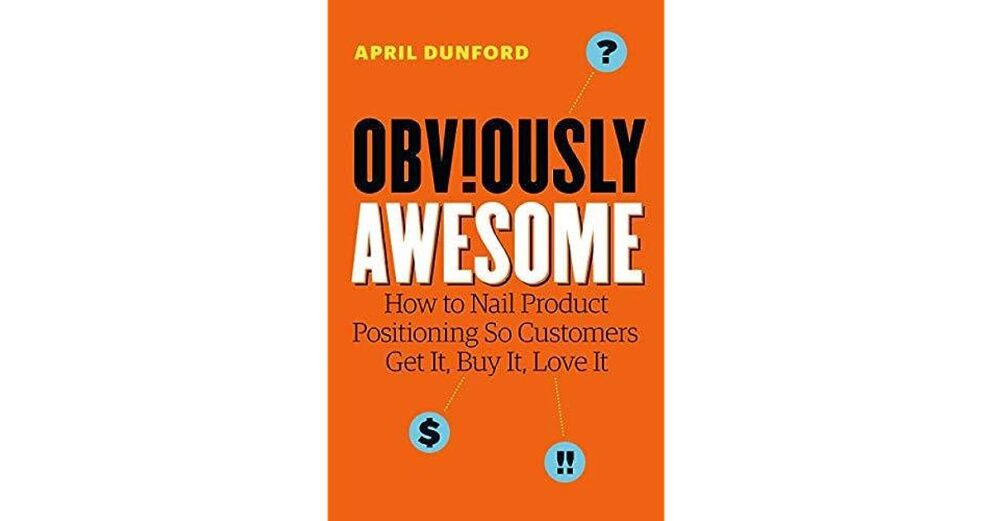Navigating Market Saturation: How to Stand Out Through Differentiation

Summary
Learn how to differentiate your products and brand by harnessing the power of storytelling. In this blog post, explore vertical, horizontal, and mixed differentiation strategies to meet customer preferences and craft compelling narratives that resonate with your audience.
By Brittany Lieu, Marketing Consultant at Heinz Marketing
“Classic product differentiation is about trying to meet customers’ prioritized preferences. Great storytelling helps you create preferences that customers will prioritize”. (Robert Rose)
For brands that successfully differentiate both on the product and brand level, defining and understanding what those customer preferences are is the best first step.
For many B2B companies, especially in the SaaS space, “products” aren’t always tangible but their value is always measurable. In other words, the “product is the total package of benefits the customer receives when he or she buys.” (Harvard Business Review)
A simple example of this is the one and only iPhone. Those who own an iPhone can attest to the benefits, likely including the user-centric design, sleek aesthetic, and its integration with the full Apple ecosystem.
So how can you differentiate your products and brand at large?
Differentiation Approaches
Start with the 3 categories of differentiation:
Vertical Differentiation: Think of this as differences in quality or features along a single dimension. In simple terms, it’s like a ladder where products are ranked from low to high based on one specific aspect. For example, if you’re buying a laptop, vertical differentiation might involve differences in processing speed—some laptops are slower (lower quality), while others are faster (higher quality).
Horizontal Differentiation: In this type of differentiation, products differ across multiple dimensions, but each dimension is equally important and doesn’t necessarily imply higher or lower quality. Imagine you’re shopping for a smartphone. One might have a better camera, another might have a longer battery life, and yet another might have a larger screen. These differences are horizontal because they’re not ranked in terms of better or worse overall; they’re just different features that appeal to different preferences.
Mixed Differentiation: This combines elements of both vertical and horizontal differentiation. It means that products vary across multiple dimensions, and some dimensions may imply higher quality (vertical) while others don’t (horizontal). For instance, if you’re looking at cars, one might have better fuel efficiency (a vertical dimension indicating higher quality), while another might have more trunk space (a horizontal dimension, not inherently better or worse, just different).
In essence:
- Vertical differentiation focuses on one key aspect (like quality) with products ranked along a scale.
- Horizontal differentiation involves differences across various features, each equally important.
- Mixed differentiation combines elements of both, with products differing across multiple dimensions, some implying higher quality and others not.
What you might notice is the previous example of the perceived benefits of the iPhone – user-centric design, sleek aesthetic, and its integration with the full Apple ecosystem – is mixed differentiation.
Storytelling
As Steve Jobs famously said, “people don’t know what they want until you show them.” Once you understand what your customers want and need and how to differentiate, weave that into your brand story. How can you help your customer envision a post-purchase world with your product or service?
Help your customers see the value of your brand through a compelling narrative while also convincing them why your points of differentiation matter.
A few ways to build an engaging story include:
- Origin Story: Share the story of how your company was founded, highlighting the inspiration, challenges overcome, and values that drive your brand.
- Customer Stories: Showcase real-life stories of customers who have benefited from your product or service, illustrating the positive impact it has had on their lives or businesses.
- Product Development Journey: Take customers behind the scenes and share the journey of developing your product, including the innovation, craftsmanship, and attention to detail that sets it apart.
- Brand Values and Mission: Use storytelling to communicate your brand’s core values, mission, and commitment to making a difference in the world.







